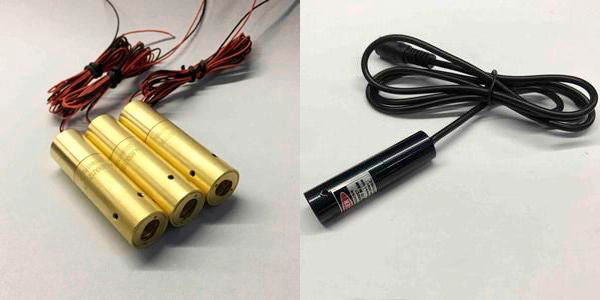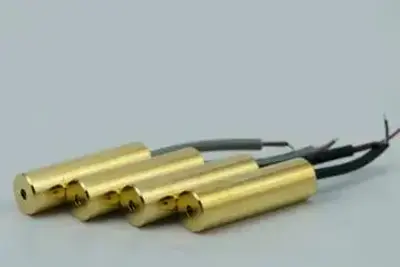Lidar is the core sensor of many smart devices. With the continuous update and development of science and technology in recent years, Lidar has become more and more widely used. It can be seen in fields such as robots, unmanned driving, and AGV. The most common one is the sweeping robot. Due to the constraints of the home environment, the size of the sweeping robot is very "small bird" compared with the general commercial cleaning robot; therefore, the internal structure of the sweeping robot also requires a compact design, and the internal space can be described as an inch of land and a small amount of money. The size is also required to be as small as possible.

Existing solid-state lidars can be used in the field of home cleaning robots, with very light, thin and compact appearance and low power consumption. This solid-state lidar is a short-range two-dimensional solid-state lidar, which is also called a line lidar. It consists of a line laser and a camera, and the horizontal FOV reaches 90 degrees. The laser emits a straight line laser at a fixed angle, and the laser irradiates the measured object and is captured by the camera. According to the fixed structural relationship between the laser and the camera, combined with the principle of structured light ranging, we can calculate the distance from the object to the LD07. Then according to the parameters of the camera itself, we can know the angle value of the measured object in the radar coordinate system. From this, we obtain the complete point cloud image of the measured object in the radar coordinate system.
The line lidar is applied to the sweeping robot, which can help the robot to achieve accurate detection and identification of low obstacles, and can detect small obstacles with a minimum size of 5mm. Obstacle avoidance effect of technology. Customers can install another line lidar on the side of the sweeping robot according to their own needs. The laser line is emitted vertically to the ground and can cover a 90° field of view. The detection distance along the wall is less than 10mm, and the performance is much higher than the traditional PSD along the wall technology. At the same time, the robot can walk along the edge of the obstacle, so the cleaning coverage rate can be greatly improved.
For the installation and use of line lidar, the current more advanced 3D obstacle avoidance scheme. For the sweeping robot, the installation of 3 line laser sensors is even more powerful. In the process of cleaning the home environment, whether it is a bow-shaped plan or a random cleaning method, it can help you perfectly avoid those "obstacles" such as large and small wires, slippers, and even poop, so that you can truly free your hands. Whether it is a sweeping robot or a mobile robot with other functions, the future development trend is towards a more autonomous, more flexible and more intelligent direction.

